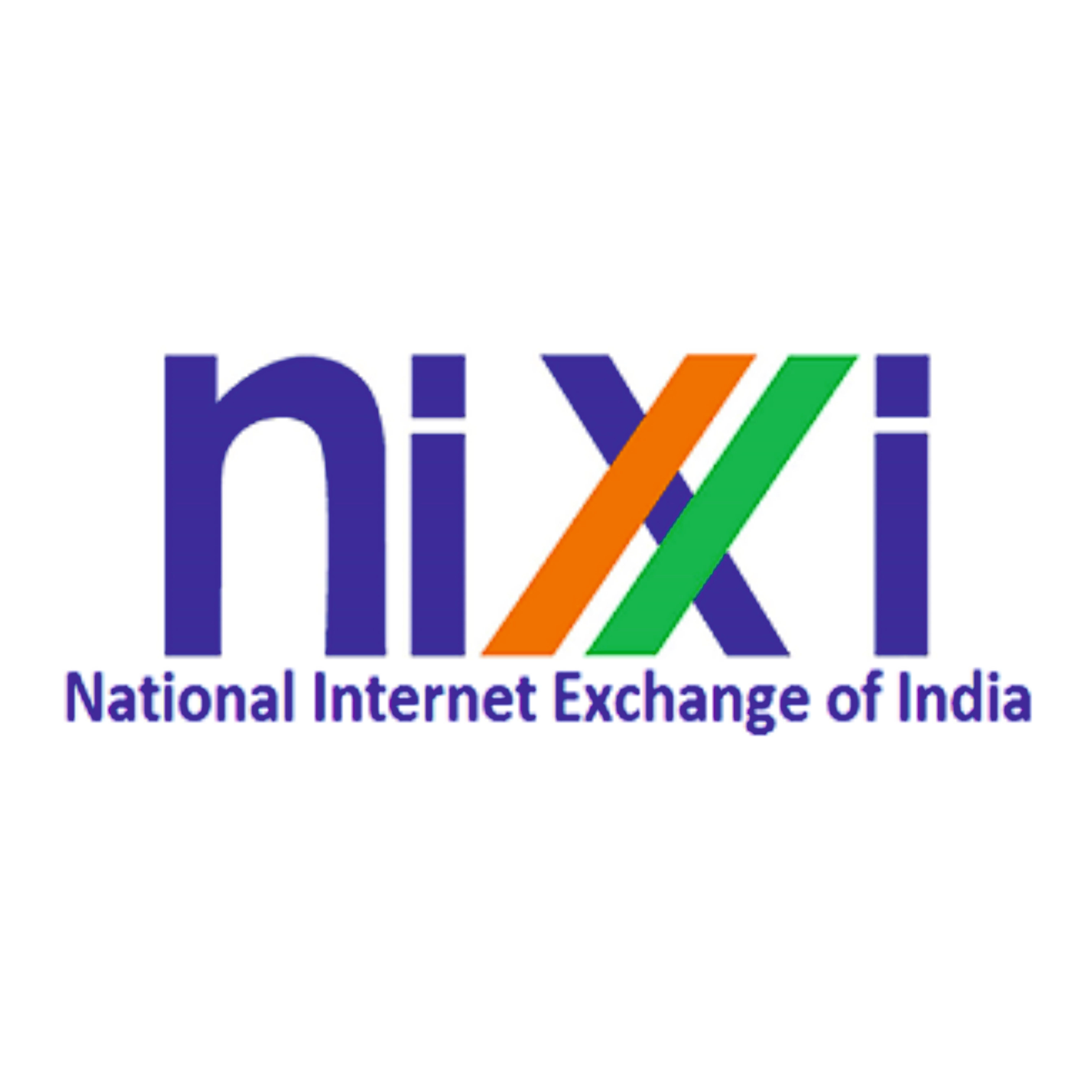How KartmaX is ensuring that e-commerce brands offer a seamless shopping experience to customers
KartmaX, a Delhi-NCR-based platform enables retailers to design their website with freedom, keep track of account reconciliation, and leverage artificial intelligence to design the catalog according to the customers’ buying patterns.
The rise of e-commerce in India has made it easier for customers to connect with retailers from the comfort of their homes. Therefore it is even more important to build user interfaces that provide a seamless shopping experience. But retailers who fail to deliver that face difficulties in scaling their businesses.
Several brands are working towards ensuring that such retailers do well to ensure comfortable shopping for their customers online and provide solutions to take their business to the next level. Delhi-NCR-based KartmaX is one such platform that enables retailers to design their website with freedom, keep track of account reconciliation, and leverage artificial intelligence to design the catalogue according to the customers’ buying patterns.
How it started
Founded by Navin Joshua, Sumit Agarwal, and Prakash Kumar, KartmaX started shaping up in 2018 and has since transformed many D2C businesses.
Back in 2007, Prakash was working with an SMB in the US market that was struggling to sell its content subscription online and protect its content from unauthorized access. He developed software that simplified content protection and its subscription. This set him on a journey to develop many more technology solutions to enable e-commerce.
Back in 2012, e-commerce in India was at its nascent stage, with limited connectivity between the Cart and many third-party services like the payment gateways, logistics partners, etc. The team at GreenHonchos started building tech-enabled solutions to address these issues. Over the years, their solution kept getting better than the others, and they named it - KartmaX, which is an enterprise-grade e-commerce solution.
Currently, KartmaX’s client portfolio includes brands like W For Women, Aurelia, Siyaram’s, Metro Shoes, Ahujasons, Sabhyata, Locomotive, Vishudh, Tokyo Talkies, and many more.
USP and growth
The Indian e-commerce has its unique challenges, for example, a high RTO and its associated cost to the businesses. Since most of the common e-commerce products developed in Western markets where this problem doesn't exist, solutions to such problems are not inherent with them. KartmaX solves many such use-cases that are unique to the Indian e-commerce ecosystem.
“Indians are not very email friendly, so that becomes a major barrier to complete purchases on e-commerce sites which need email IDs to initiate the checkout experience. So we had to develop a mobile-first checkout system, because everyone is comfortable with operating a mobile phone, and that’s something that not all platforms offer,” says Prakash.
He adds that they had to develop ways to reduce RTOs because it leaks revenue and they aimed to plug that gap. He says, “When our clients chose to move to KartmaX, they were able to reduce RTOs by about 70 per cent. We have built many such India-specific use cases into our product, which I would say is the USP of our brand.”
Over the last three years, KartmaX has seen a YoY projection of about 500 per cent and is expecting to see a growth of 550 per cent in the upcoming financial year. Talking about the factors that contributed to the growth of KartmaX, Prakash says that once the businesses saw impressive results on KartmaX, they became the brand ambassadors and word-of-mouth advertisement helped KartmaX gain more adoption in the e-commerce space.
Pride in being Indian
To identify with the Indian ecosystem, Prakash adds that KartmaX has always been proud of being a ‘Made in India’ brand. “We have witnessed a trend over the past few decades that while India was a great service delivery market, there weren’t many examples of world-class products. That status quo has changed in the last decade or so, and our product is an example of something ready for the world,” he says.
He adds that the initial adopters of their product are based in India, which is exactly the message they want to convey through the .in domain. Several brands like KartmaX have benefitted from the .in and .bharat domain in sending a message to their audience on how they are an India-first brand. Available in 22 different Indian languages, this initiative by the National Internet Exchange of India (NIXI) has helped startups in India grow in leaps and bounds.
Challenges and the way forward
Early adoption of the product was a challenge, but our initial clients saw value in the product as it solved some teething issues they were facing. Prakash says he is happy that KartmaX
was able to deliver on that trust, and helped them grow their business manifold.
Talking about the future, Prakash says they are ready for the world and are planning to give their merchants more granularity in ways where they can design their own customer experience. “We’ve done away with the concept of themes, and we have come up with something better that gives them more flexibility in building the Customer Experience the way they want it,” he says.
The company has also introduced Max-AI, a virtual e-commerce manager. “It is trained for the e-commerce domain, and whatever questions you throw at it, it will be able to speak to you in a human-like conversation. So it can understand e-commerce specific business metrics, its unique business jargon, and the different ways in which e-commerce related questions can be asked,” he concludes.
The ‘Shaping India Inc's Online Growth’ series chronicles the journeys of startups and SMEs in India and how creating an online presence on the .in or .Bharat domain powered their success stories.








